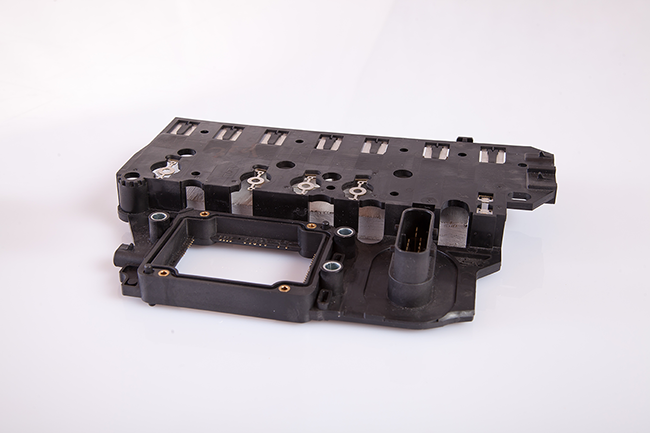
Prototype molds are a unique type of injection mold. It is a tool that will be used to evaluate the final mold. They are not meant to be as durable as most other types of injection molds because they are part of the evaluation process. However, sometimes prototypes are used for final products when the volume required is very low.
Proof of Concept
One of the primary benefits of prototype molds is that they give a team the ability to test and analyze the mold design. Typically, the process to make a prototype mold includes several iterations before settling on the final design. Each of these different stages highlights the strengths and weaknesses of the design, making it easier to determine where improvement is needed.
Prototype molds are tested for the different requirements and standards that the final mold must meet in the final product. This means that the mold will probably be used more than once, but it does not need to be durable enough to withstand mass production of parts and products.
Material
It is uncommon for the material of the final mold to be used during the prototyping stage. Knowing that multiple versions are likely required, you will want to use a comparable but less expensive material to create prototype molds. For example, aluminum can be used in place of steel. While this does mean that there is some testing that will need to wait until the final version of the mold is complete, most requirements can be addressed with the prototype.
Easily Adjusted and Updated
This particular mold allows for easy amendment and adjustment to the product over the course of the design phases. When testing determines that a particular element of the prototype do not create a product that meets specifications, it is easy to adjust the prototype to address the problem. Because it is not meant to be permanent, it allows teams to spend less time having to start from scratch.
Cost Savings
Prototype molds are very cost efficient for molds that will be used for mass production. The initial versions require less time to adjust, cheaper material, and offer a way to test the product in the early stages of the design (if needed). They also offer a unique solution when only a few parts are needed, but with significant differences.
Topics: Injection Mold Making

